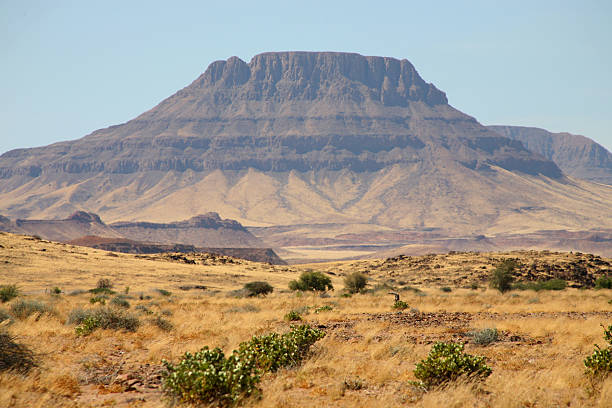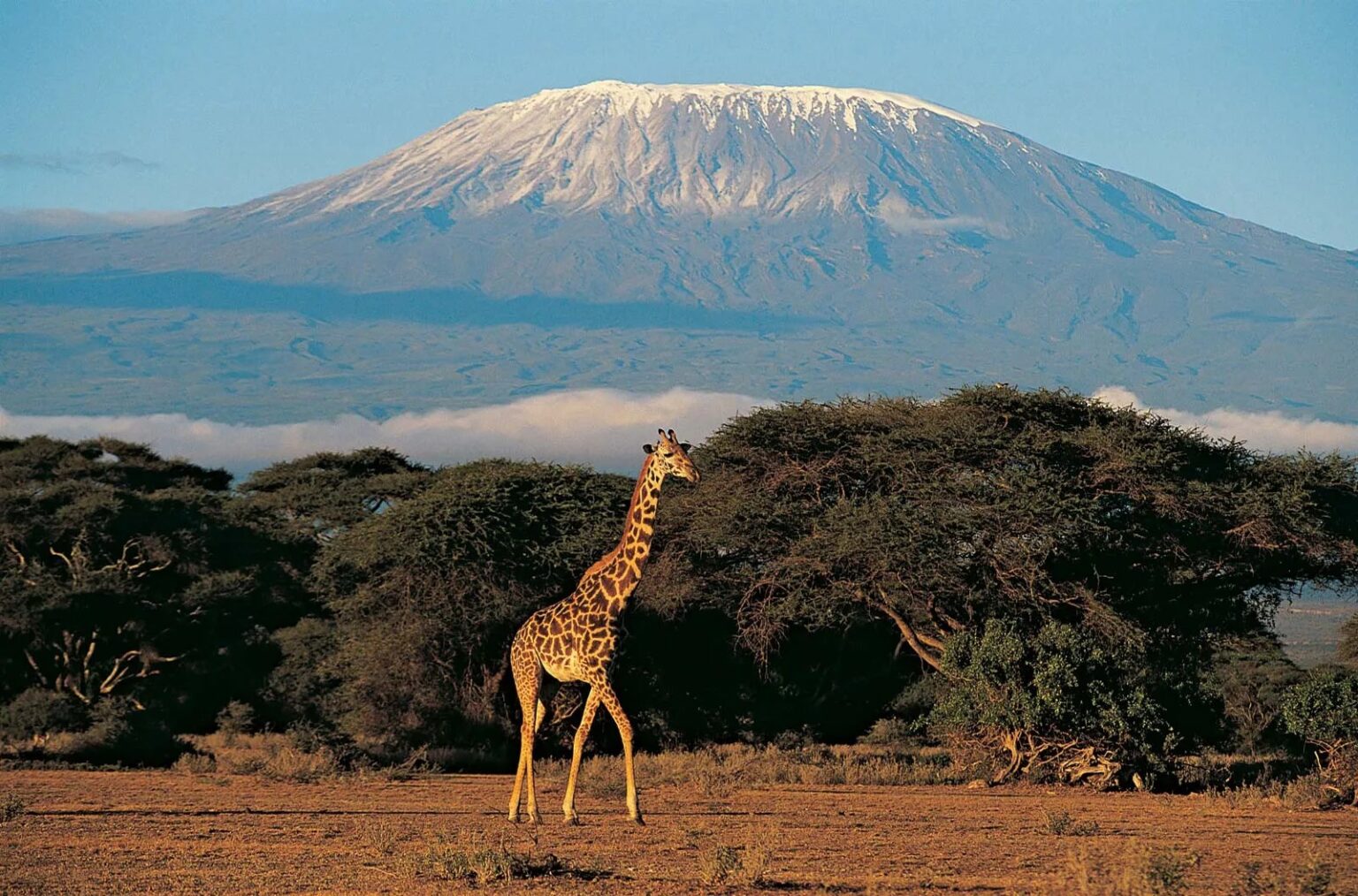At a Glance
- Kilimanjaro, Kenya, and Stanley top Africa’s highest mountain list with diverse ecosystems.
- Many peaks serve as vital water sources and protect endangered flora and fauna.
- These majestic mountains attract trekkers, climbers, and cultural explorers worldwide.
Africa’s mountains are a testament to the continent’s natural grandeur, ecological richness, and cultural depth.
From the snow-capped summit of Mount Kilimanjaro to the jagged ridges of Ethiopia’s Simien Mountains and the volcanic highlands of Cameroon, these peaks shape climates, sustain biodiversity, and hold deep spiritual significance.
Each mountain tells a story—of ancient geological forces, rare ecosystems, enduring traditions, and human resilience. Some, like Mount Kenya and Mount Elgon, are sacred to local communities.
Others, such as the Drakensberg and Mount Cameroon, draw hikers, climbers, and nature lovers from around the world. The mythical Rwenzori range, known as the “Mountains of the Moon,” stands shrouded in mist on the Uganda–DR Congo border, embodying both legend and ecological marvel.
Africa’s tallest peaks—Mount Kilimanjaro (5,895 meters), Mount Kenya (5,199 meters), and Mount Stanley (5,109 meters)—are more than geographic landmarks.
They serve as water sources, protect unique flora and fauna, and offer an ascent through multiple ecosystems, from lush forests to alpine deserts.
For adventurers, these mountains promise everything from technical climbs to sweeping treks and wildlife encounters.
Whether tracing glaciers in the Rwenzori or hiking Lesotho’s Drakensberg range, these summits inspire awe, challenge, and connection with nature.
Shore Africa explores the 20 highest mountains in Africa—highlighting their elevations, locations, ecological importance, and the unique experiences they offer to explorers and local communities alike.
1. Mount Kilimanjaro
Country: Tanzania
Elevation: 5,895 m (19,341 ft)
Africa’s highest mountain at 5,895 meters, Kilimanjaro is a dormant volcano with iconic snow-capped peaks. Trekkers ascend through rainforest, moorland, and alpine desert. Its Uhuru Peak is one of the world’s most sought-after summits, and the mountain is a UNESCO World Heritage Site symbolizing East Africa’s natural grandeur.

2. Mount Kenya
Country: Kenya
Elevation: 5,199 m (17,057 ft)
At 5,199 meters, Mount Kenya is the second-highest peak in Africa. A UNESCO World Heritage Site, it features jagged summits, glaciers, and forested slopes. Its three main peaks—Batian, Nelion, and Lenana—offer dramatic climbing experiences, and the surrounding ecosystem is rich with endemic wildlife and Afro-alpine vegetation.
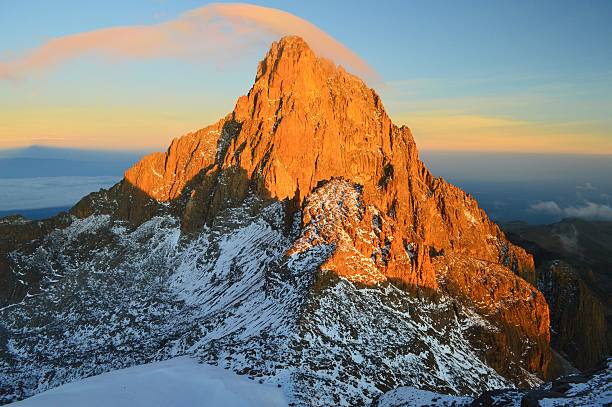
3. Mount Stanley
Country: Uganda/DR Congo
Elevation: 5,109 m (16,763 ft)
Mount Stanley’s Margherita Peak, at 5,109 meters, is the highest point in the Rwenzori Mountains. Covered in glaciers, it’s Africa’s third-tallest peak and straddles the Uganda–DR Congo border. The mountain lies within a UNESCO-listed national park and is known for its challenging terrain and unique alpine ecosystem.
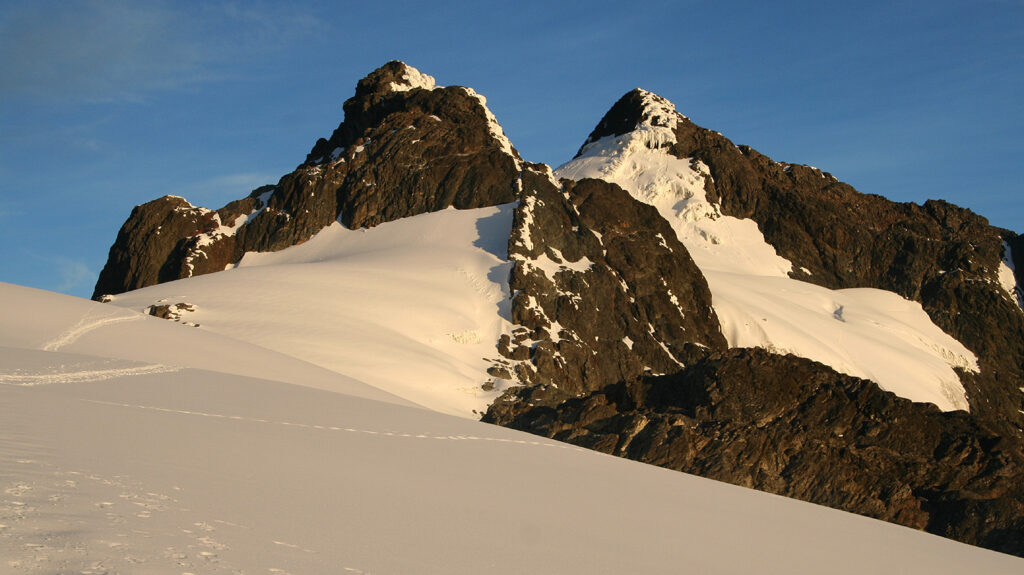
4. Mount Speke
Country: Uganda
Elevation: 4,890 m (16,043 ft)
Located in the Rwenzori range, Mount Speke reaches 4,890 meters. Known for steep ridges and persistent mist, it’s named after British explorer John Hanning Speke. Its glacial features are rapidly retreating, and the mountain plays a critical role in sustaining the Nile’s watershed.
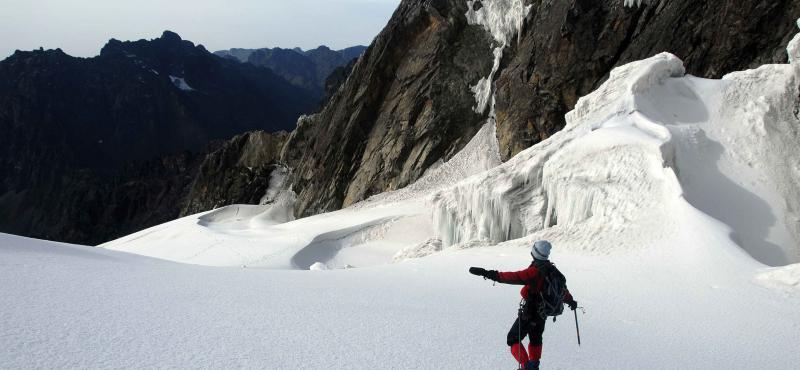
5. Mount Baker
Country: Uganda
Elevation: 4,844 m (15,892 ft)
Rising to 4,844 meters, Mount Baker is a glaciated peak in Uganda’s Rwenzori range. Surrounded by rugged ridgelines and alpine lakes, it was named after British explorer Samuel Baker. The mountain contributes to the Nile River basin and is prized among mountaineers for its technical climbs.
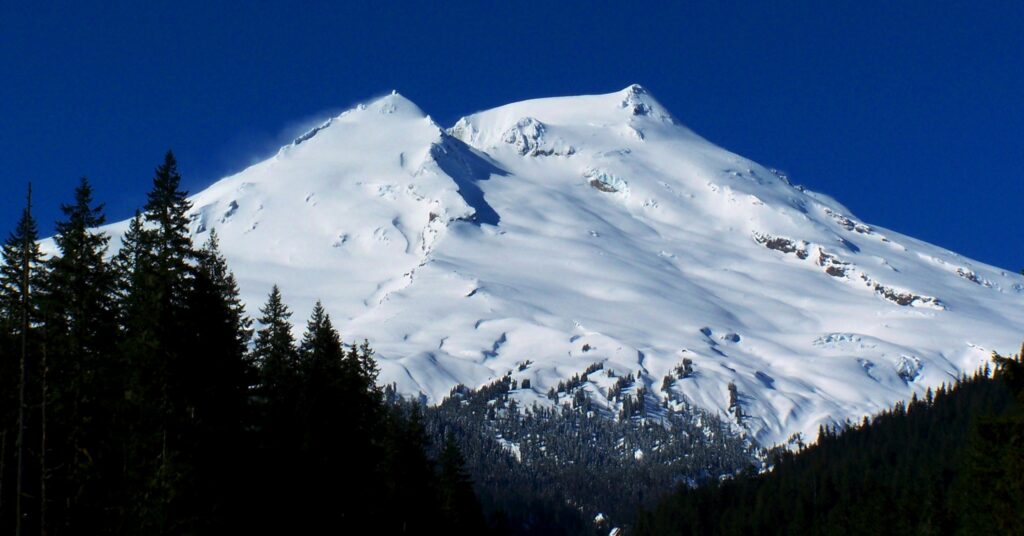
6. Mount Emin
Country: DR Congo
Elevation: 4,798 m (15,741 ft)
Located in the northern Rwenzoris, Mount Emin reaches 4,798 meters. It is less climbed than its neighbors due to remoteness and terrain. Named after explorer Emin Pasha, the peak features steep cliffs, alpine vegetation, and remnants of glaciers, showcasing Africa’s ancient volcanic and glacial past.
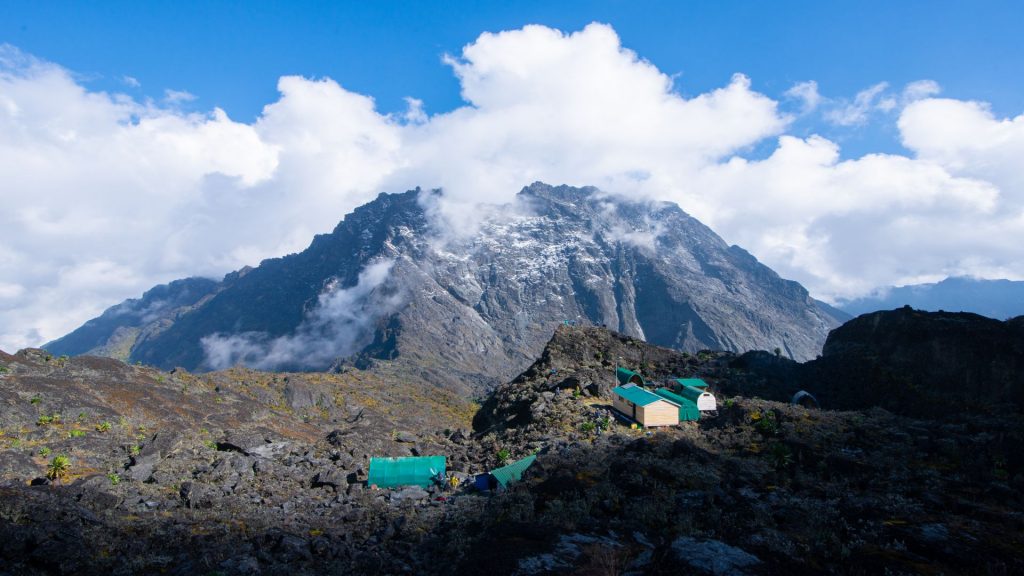
7. Mount Gessi
Country: Uganda
Elevation: 4,715 m (15,469 ft)
Mount Gessi, standing at 4,715 meters, lies on the Uganda–DR Congo border within the Rwenzori Mountains. Once covered in glaciers, it now displays dramatic rock formations and alpine flora. Named after Italian explorer Romolo Gessi, it remains a remote and rugged destination for expert climbers.
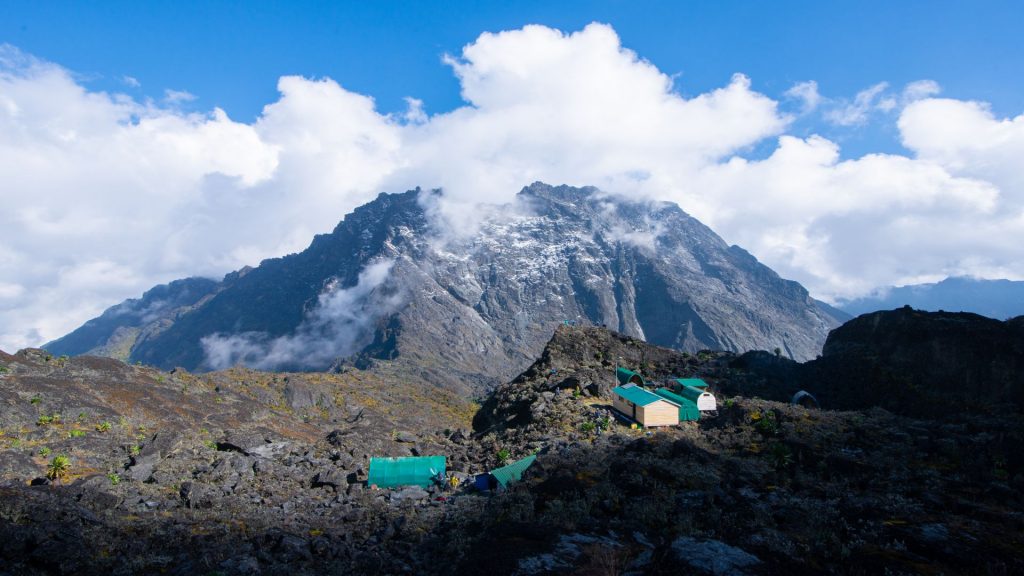
8. Mount Meru
Country: Tanzania
Elevation: 4,562 m (14,968 ft)
Mount Meru is a dormant stratovolcano near Arusha, standing at 4,562 meters. Often overshadowed by Kilimanjaro, it offers equally stunning views and wildlife encounters in Arusha National Park. Its horseshoe crater and forested trails make it a popular acclimatization climb and a rewarding trek on its own.
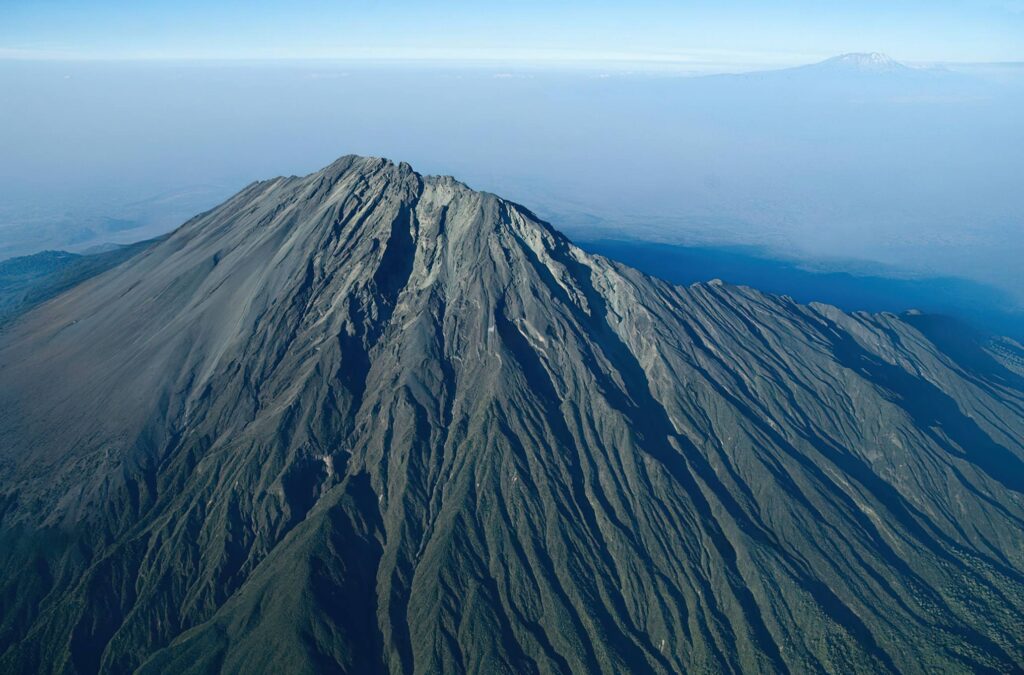
9. Mount Karisimbi
Country: Rwanda/DR Congo
Elevation: 4,507 m (14,787 ft)
At 4,507 meters, Mount Karisimbi is the highest peak in the Virunga Mountains. It lies on the Rwanda–DR Congo border and is part of a volcanic chain. The mountain is near habitats of endangered mountain gorillas and is known for its steep ascent and rare volcanic formations.

10. Ras Dashen
Country: Ethiopia
Elevation: 4,550 m (14,928 ft)
Ethiopia’s highest mountain, Ras Dashen, towers at 4,550 meters in the Simien Mountains. A UNESCO-listed site, it’s famed for dramatic escarpments, rare wildlife like the Ethiopian wolf and gelada baboon, and breathtaking plateaus. Trekkers enjoy cultural interactions with highland communities and views across the rugged northern highlands.
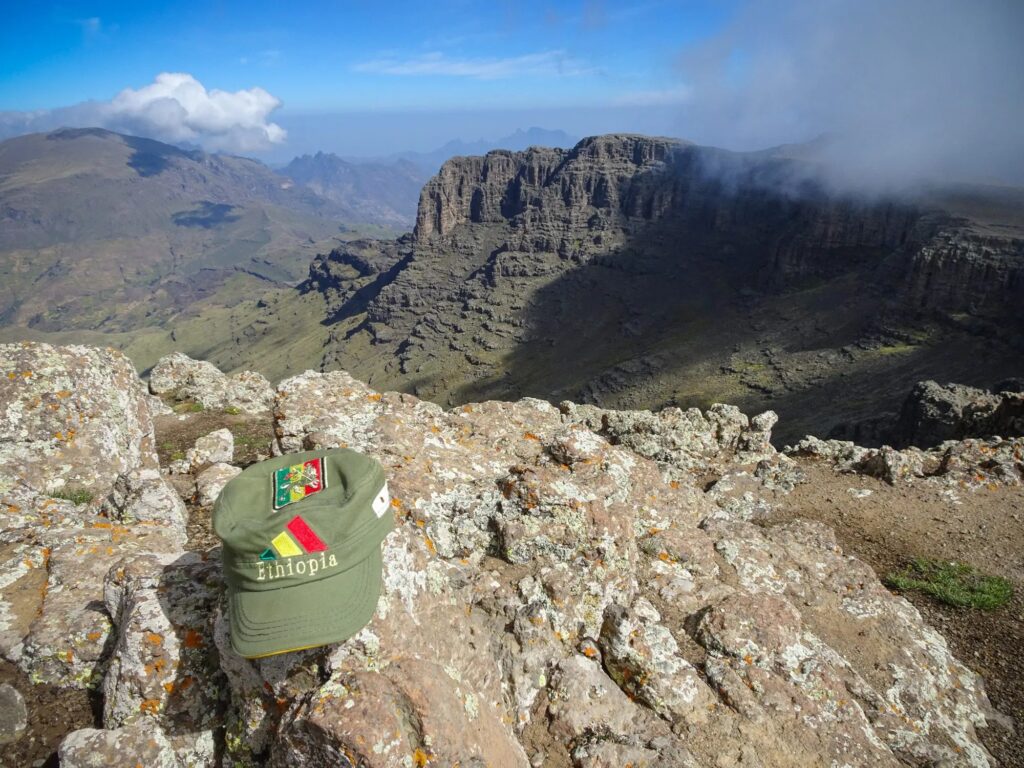
11. Mount Elgon
Country: Uganda/Kenya
Elevation: 4,321 m (14,177 ft)
Mount Elgon is an extinct shield volcano on the Uganda–Kenya border, standing at 4,321 meters. It boasts one of the world’s largest volcanic calderas. Rich in biodiversity and dotted with caves, waterfalls, and bamboo forests, it’s a major water catchment and a vital conservation area for East Africa.
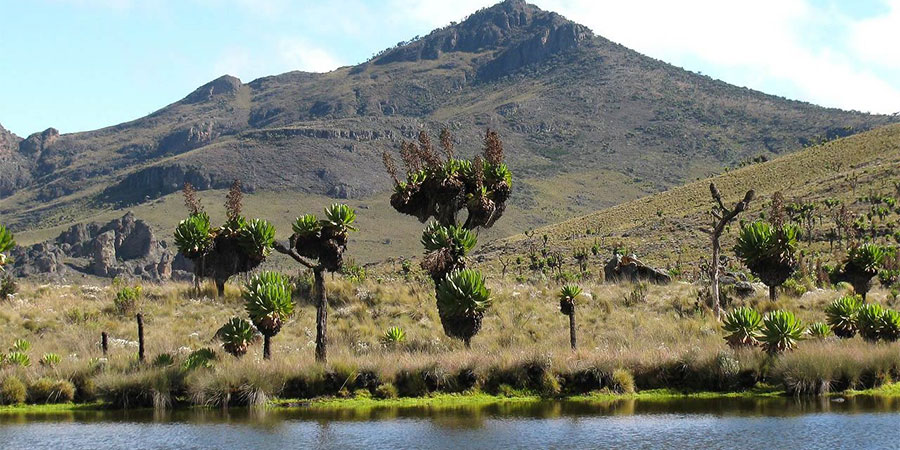
12. Tullu Dimtu
Country: Ethiopia
Elevation: 4,377 m (14,360 ft)
Ethiopia’s second-highest mountain, Tullu Dimtu rises to 4,377 meters in the Bale Mountains. Known for its Afro-alpine ecosystem, it is a key part of Bale Mountains National Park. The area supports unique species like the Ethiopian wolf and highland nyala and offers a remote, high-altitude trekking experience.
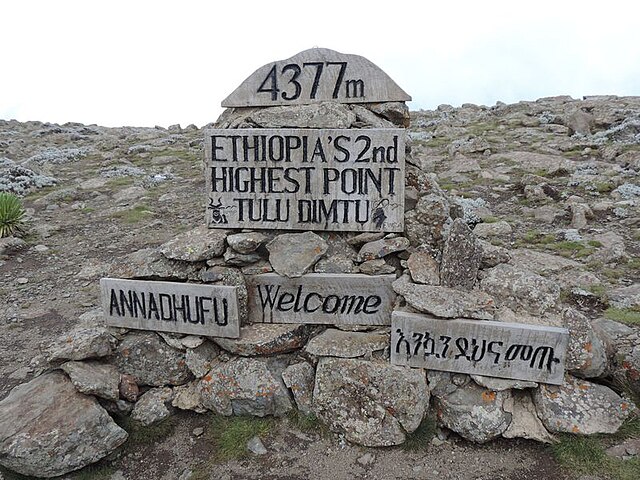
13. Simien Mountains
Country: Kidis Yared, Ethiopia
Elevation: 4,453 m (14,610 ft)
Kidis Yared, one of the peaks in the Simien range, reaches 4,453 meters. The jagged highlands are home to dramatic cliffs, endemic species, and centuries-old farming terraces. These UNESCO-protected landscapes offer unforgettable hikes through isolated highland communities and panoramic views of Ethiopia’s rugged northern escarpments.
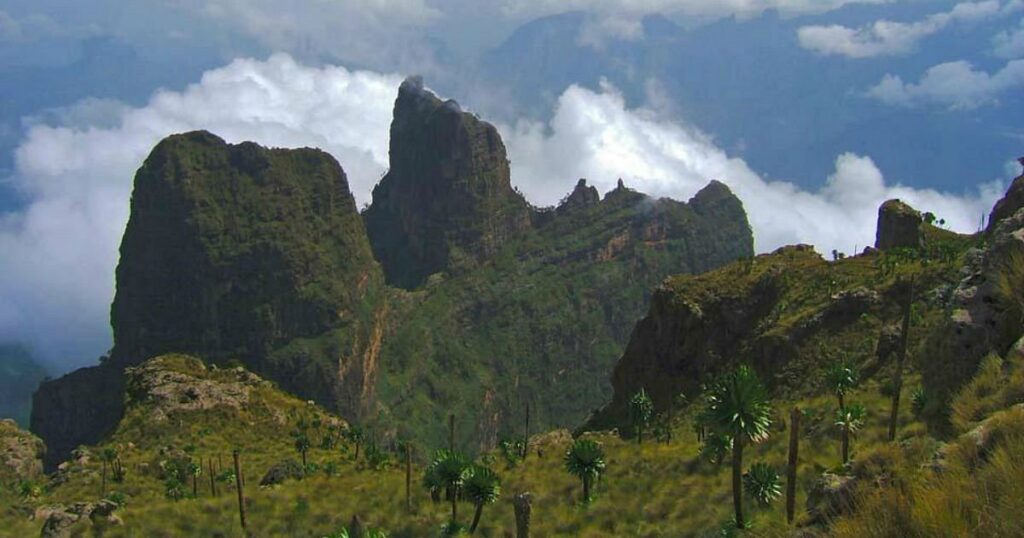
14. Mount Choqa
Country: Ethiopia
Elevation: 4,100 m (13,451 ft)
Mount Choqa, or Mount Birhan, rises to 4,100 meters in Ethiopia’s Gojjam highlands. Less known than Ras Dashen, it still commands striking scenery and cultural significance. The peak and surrounding regions are steeped in Orthodox Christian heritage and feed tributaries of the Blue Nile.
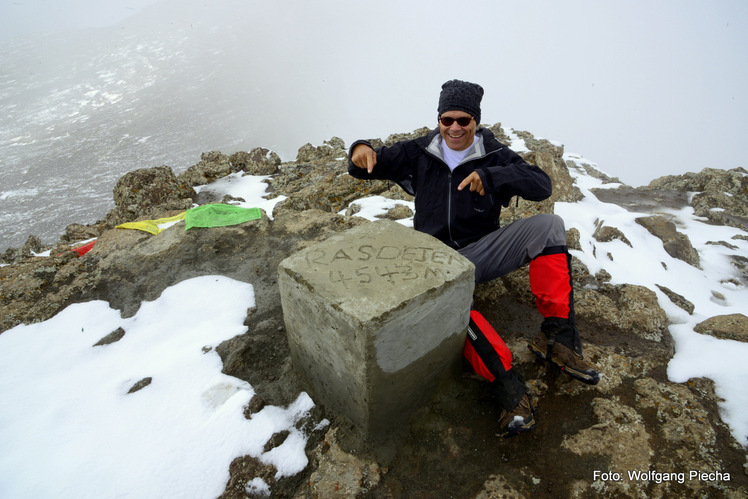
15. Mount Batu
Country: Ethiopia
Elevation: 4,307 m (14,131 ft)
Located in the Bale Mountains, Mount Batu stands at 4,307 meters. It is a rugged, weather-beaten peak with sweeping views over Ethiopia’s southern highlands. The mountain is part of a vast Afro-alpine plateau and shelters rare wildlife species, including endemic rodents and raptors, in its harsh environment.
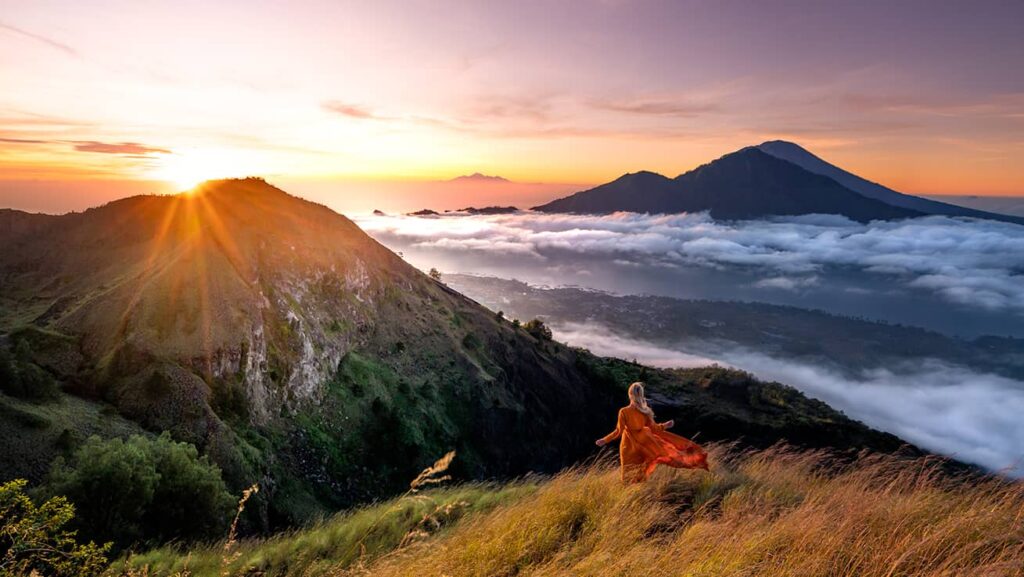
16. Jabal Marra
Country: Sudan
Elevation: 3,042 m (9,980 ft)
Jabal Marra, Sudan’s highest peak at 3,042 meters, is a volcanic massif in Darfur. It’s a vital water source in a dry region and features lush highland valleys, crater lakes, and waterfalls. The mountain’s unique climate and isolation support distinct flora and historical significance among local communities.
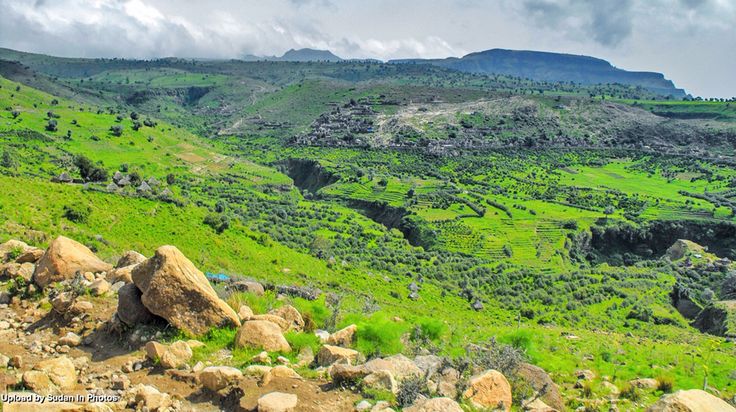
17. Drakensberg
Country: Thabana Ntlenyana, Lesotho
Elevation: 3,482 m (11,423 ft)
At 3,482 meters, Thabana Ntlenyana is Southern Africa’s highest peak and part of the Drakensberg range. Located in Lesotho, it’s often snow-capped and known for grassy ridges and dramatic basalt cliffs. It draws hikers and adventure seekers to its trails and panoramic mountain-top views.
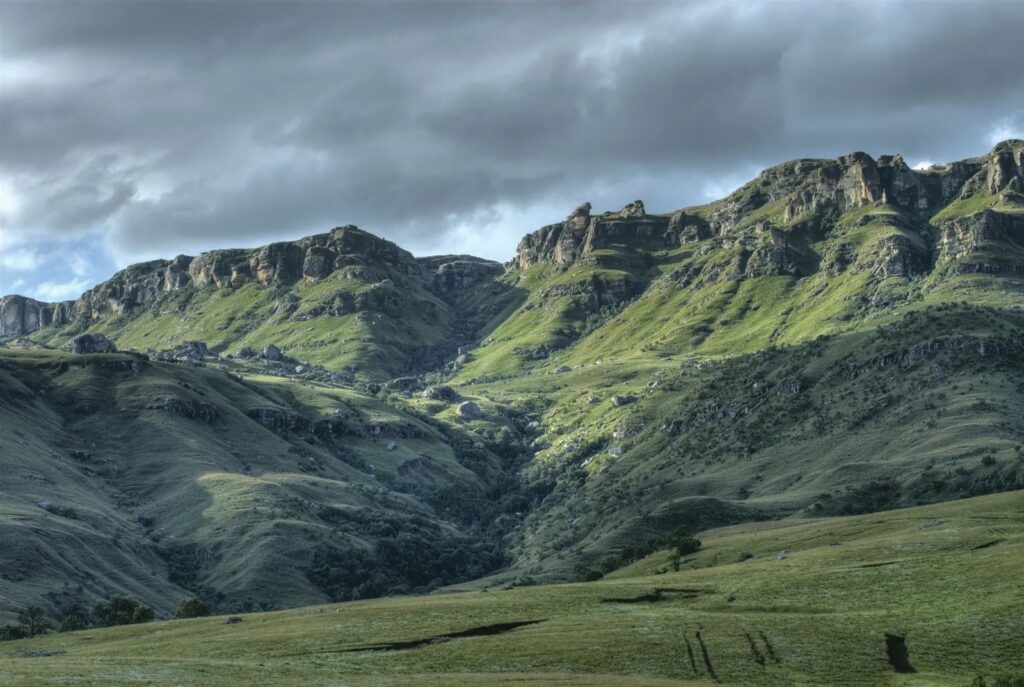
18. Mafadi
Country: South Africa/Lesotho
Elevation: 3,450 m (11,319 ft)
Mafadi, standing at 3,450 meters, is the highest peak in South Africa, located on the Lesotho border. Unlike the rocky Thabana Ntlenyana, Mafadi is a grassy summit requiring long treks through valleys and passes. It is popular with endurance hikers and lies within the uKhahlamba-Drakensberg Park.
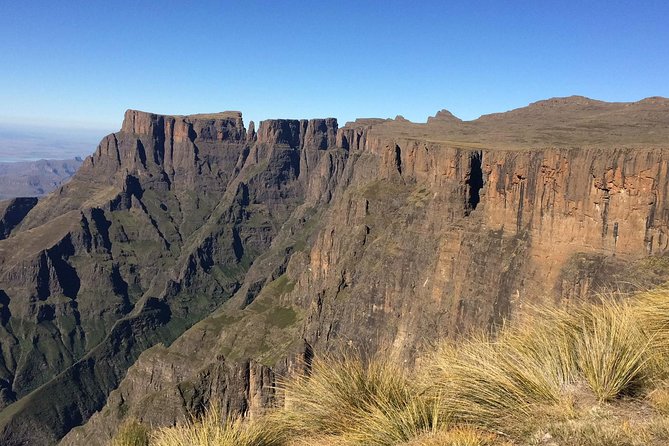
19. Mount Cameroon
Country: Cameroon
Elevation: 4,040 m (13,255 ft)
Mount Cameroon is West Africa’s highest peak at 4,040 meters and remains volcanically active. Also called “Mongo ma Ndemi,” it rises from the Gulf of Guinea coastline. Its trails pass through tropical rainforests and savanna, and the annual Mount Cameroon Race of Hope attracts international endurance runners.
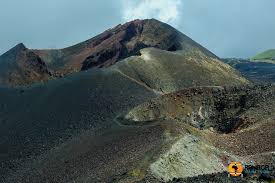
20. Brandberg
Country: Königstein, Namibia
Elevation: 2,573m (8,439ft)
Namibia’s highest mountain, Brandberg reaches 2,573 meters, with Königstein as its summit. It’s famous for ancient rock art, including the “White Lady” painting. The granite massif dominates the Namib Desert skyline, and its name means “fire mountain” due to its fiery glow at sunset. A haven for hikers and geologists.
